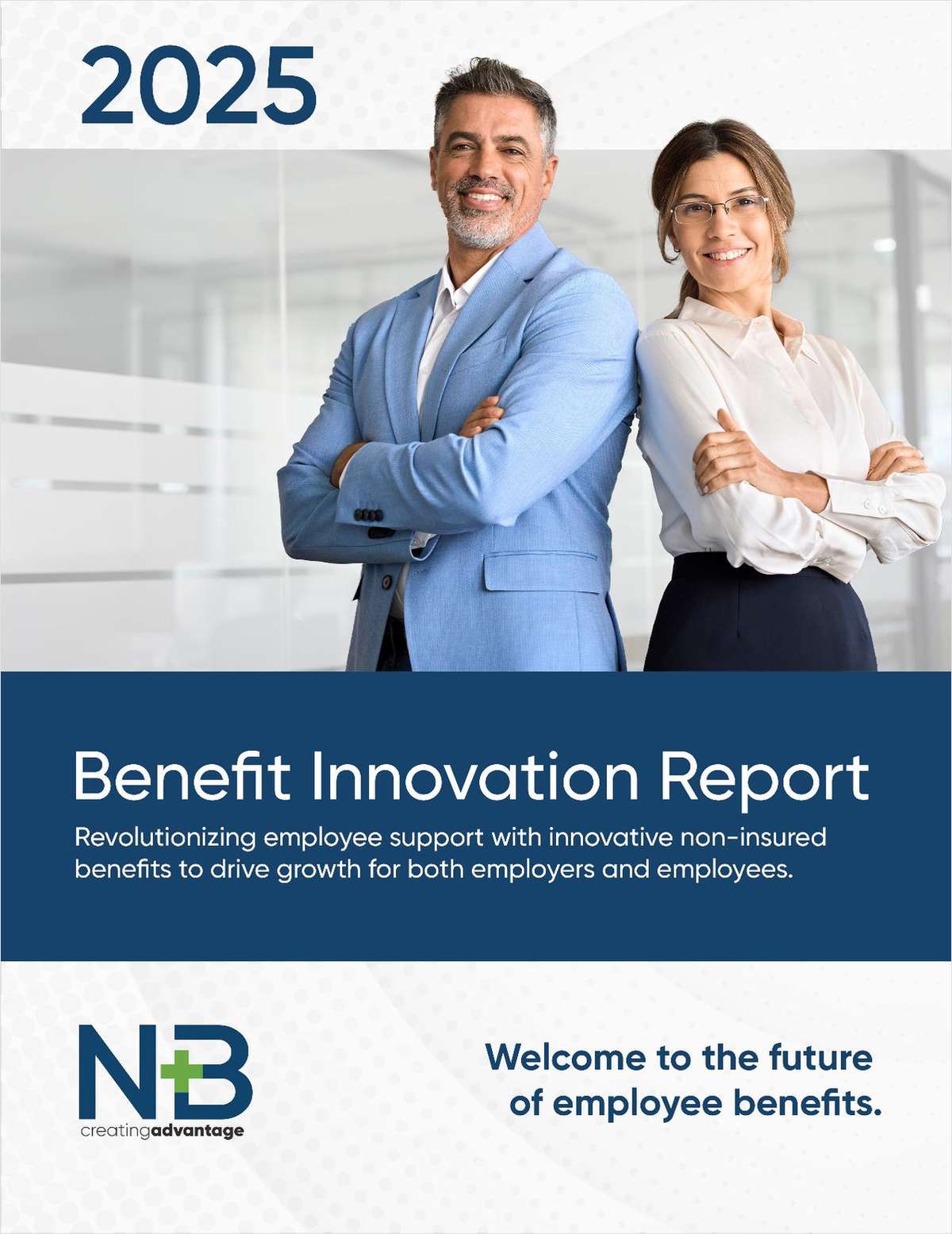ERISA has given 401(k) plan sponsors several alternatives when it comes to addressing unwanted fiduciary liability (see “3 Ways 401k Plan Sponsors Can Reduce Fiduciary Liability,” FiduciaryNews.com, Nov. 11, 2014). Two of the methods outlined in the law focus on the provision of investment services.
While both can deal with discretionary investment authority, convention has deemed the 3(21) ERISA fiduciary as offering non-discretionary services while the 3(38) ERISA fiduciary offers discretionary services. In addition, only certain specifically enumerated entities can offer 3(38) services while there are no qualification requirements for 3(21) providers.
From both the plan sponsor’s and the service provider’s point of view, the real difference between 3(21) and 3(38) comes when determining each party’s level of fiduciary liability. A 3(21) provider becomes a co-fiduciary and only shares the liability with the plan sponsor. On the other hand, the plan sponsor transfers all fiduciary liability pertaining to investments to the 3(38) provider. That’s a big difference.
From the perspective of the 401(k) plan sponsor, especially for smaller companies that neither possess nor desire to possess the relevant expertise when it comes to selecting and monitoring plan investments, why take on any fiduciary liability in that area if you don’t have to?
In almost all cases, a 3(38) provider offers more to the plan sponsor than a 3(21) provider.
Given that, why would any 401(k) plan sponsor still hire a 3(21) advisor when a 3(38) adviser (notice the spelling) adds immeasurable value?
I can think of a few reasons why the 3(38) option may not be preferred. First and foremost, in transfer the fiduciary liability (generally considered a good thing), the plan sponsor cedes total control of investment selection to the adviser. Some plan sponsors might not be comfortable with losing this control. Sure, they can write in the agreement certain “oversight” (e.g., giving 30 notice before replacing investment options), but adding that oversight will now add fiduciary liability – the very thing the plan sponsor is trying to remove.
There are also cases where the plan sponsor will want to retain certain preferred investment options, despite the 3(38) adviser’s clear insistence they may not be appropriate for the plan. These “favorite sons” can range from specific mutual funds to company stock to an open-ended self-directed option. Again, the investment management agreement can be written to remove the decision to offer these options from the 3(38) adviser’s discretion, but then the plan sponsor re-assumes the previously transferred fiduciary liability.
But there’s another angle in this.
That’s the perspective of the 3(38) “Investment Manager” (the term comes directly from ERISA and is probably a better description since it avoids that whole “advisor”/“adviser” mess we got into a couple of weeks ago).
There are not many 3(38) providers who would be willing to take on the potential fiduciary liability of, say, company stock or a self-directed option, even if an agreement purports to waive that specific liability. (We all know what smart lawyers can do to supposedly “air-tight” agreements.)
So there we have it. A plan sponsor might not want to hire a 3(38) in order to retain control over plan investments, and a 3(38) Investment Manager might not want to be hired by plan sponsors who desire to include what that Investment Manager determines might be risky options in the plan investment menu.
These are two branches from the same tree. I’m tempted to call it the Tree of Knowledge, but I don’t want to go all Biblical on you.
Let me be frank (which is that same as saying “politically incorrect” only with fewer syllables.) These issues stem from corporate arrogance – from both extremes of the size-o-meter.
It’s most noticeably prevalent among smaller, closely held firms, most notoriously when ownership is help within a very few hands.
The classic example is the doctor who insists his investing acumen is on par with his medical awareness. That’s the kind of situation that often ends in tears – for the doctor, who decided to bet it all on pork-bellies, not the employees, whom the doctor was kind enough to consider too unsophisticated to make investment decision; thus were placed in those meager choices selected by the professional investor.
On the other end of the scale, we have very large companies who never met a product they themselves could not have invented better. That includes their retirement plan investment options. If they don’t have the expertise in-house, they’ll hire a new employee with that expertise (or worse, train an internal employee to attain that expertise). Very rarely does this work. Even experts hired into the firm will lose that expertise as their experience becomes more and more confined to what happens inside the walls of the company.
I look at it this way (and, as a private portfolio manager, I actually do look at things this way): If I am a shareholder of a company, I don’t want to see company resources wasted on non-essential activities that can be easily outsourced.
The company retirement plan – again to be brutally blunt – is not an essential activity. All right, all right, I’ll be more diplomatic. It’s not a proprietary activity. It can be just as efficiently run by independent third parties without taking up the valuable time of the company’s human resources. And such outsourcing can remove non-essential liabilities, too.
So what’s not to like?
Complete your profile to continue reading and get FREE access to BenefitsPRO, part of your ALM digital membership.
Your access to unlimited BenefitsPRO content isn’t changing.
Once you are an ALM digital member, you’ll receive:
- Breaking benefits news and analysis, on-site and via our newsletters and custom alerts
- Educational webcasts, white papers, and ebooks from industry thought leaders
- Critical converage of the property casualty insurance and financial advisory markets on our other ALM sites, PropertyCasualty360 and ThinkAdvisor
Already have an account? Sign In Now
© 2024 ALM Global, LLC, All Rights Reserved. Request academic re-use from www.copyright.com. All other uses, submit a request to [email protected]. For more information visit Asset & Logo Licensing.








